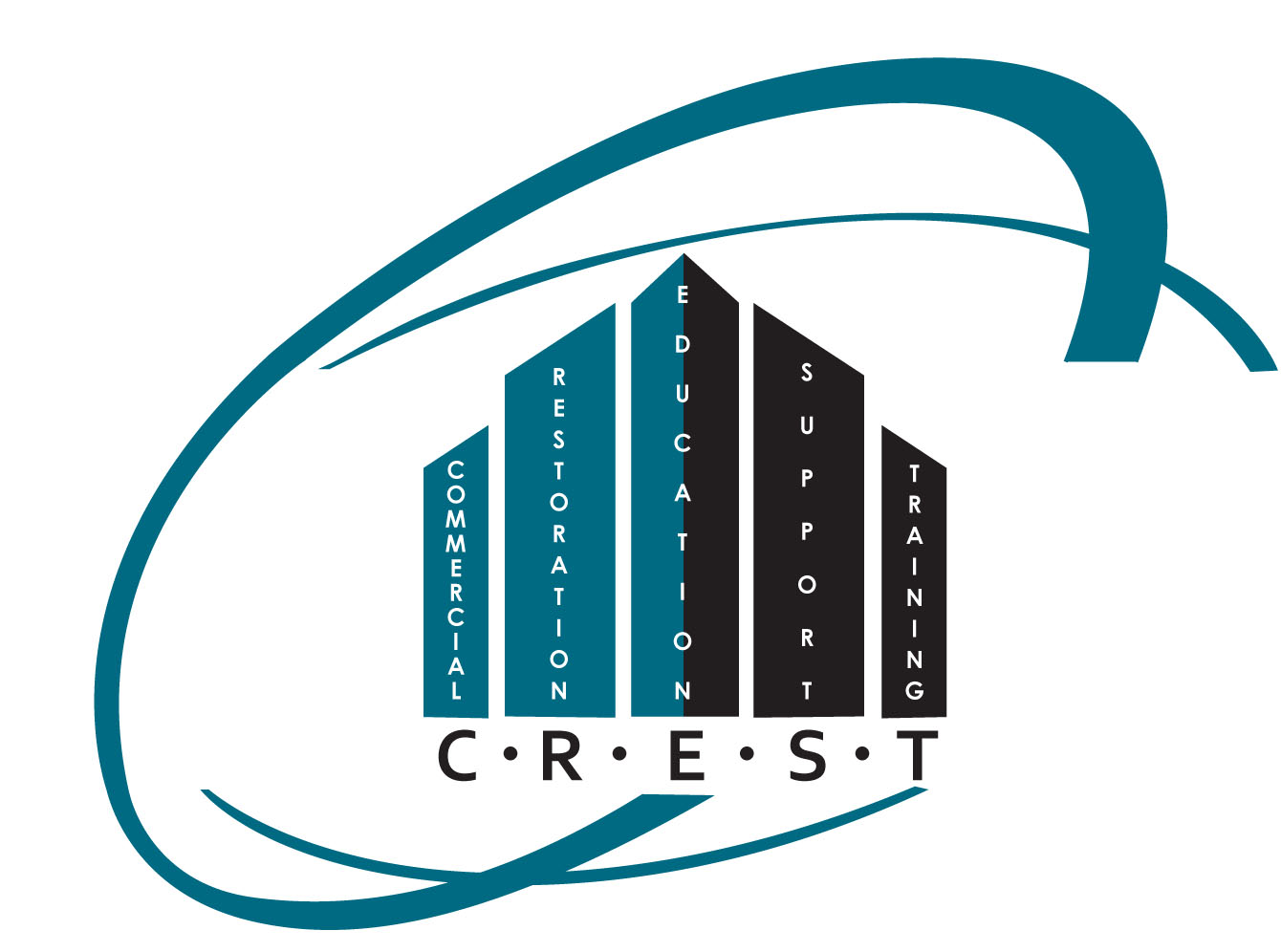Are you still stuck in the 1900’s with pamphlets?

Company literature and brochures, once considered essential tools for marketing and information dissemination, are no longer as valid or useful in today’s fast-paced, digital age. There are so many reasons why brochures and company pamphlets are just not appropriate or useful anymore. Here are several reasons listed below.
Digital Dominance: In an era where digital content reigns supreme, printed literature and brochures seem like relics of the past. The convenience of online platforms, websites, and social media has rendered these physical materials cumbersome and outdated. Potential clients now expect to find information about a company and its services with just a few clicks, making physical brochures seem slow and inefficient.
Environmental Concerns: The environmental impact of printing brochures could be a major concern in today’s eco-conscious world. Companies are under increasing pressure to adopt sustainable practices and reduce their carbon footprint. The production of printed literature contributes to deforestation and generates waste, making it an unsustainable choice that many businesses are shying away from.
Cost-Effectiveness: Creating, printing, and distributing brochures can be expensive. With the advent of digital marketing and online promotions, companies can reach a broader audience at a fraction of the cost. Putting your info online is more cost-effective and offers better tracking of ROI, making printed brochures less attractive from a financial standpoint.
Real-Time Updates: Company information is constantly subject to change, from service offerings to options, and contact details. (It’s been said “If you’re not changing – you’re going backward.”) Keeping printed materials up-to-date is a logistical nightmare. On the contrary, digital content can be updated in real-time, ensuring that clients and customers always have access to the latest information, which is crucial for maintaining credibility and relevance.

Interactivity: Traditional brochures are static, offering limited engagement. Digital content, on the other hand, can be interactive. Companies can create engaging videos, infographics, and immersive web experiences that captivate the client and provide a more personalized and informative experience. These interactive features are simply not possible with printed brochures. Emotion is so critical that it can’t easily be done with brochures and other literature.
Searchability and Accessibility: The digital landscape offers the advantage of search engines and hyperlinks, allowing users to quickly find specific information about a company or the services you offer. In contrast, printed brochures necessitate manual flipping through pages, which is not only time-consuming but can also result in frustration when trying to locate precise details.
Data Analytics: Digital brochures, data, and other pamphlets offer the invaluable benefit of data analytics. Companies can track user behavior, measure the effectiveness of marketing campaigns, and gather insightful data for future strategies. This level of detail and feedback is simply unattainable with printed brochures.
Mobile-Friendly World: With the majority of internet traffic now coming from mobile devices, digital content is tailored for the mobile experience. Responsive websites, mobile apps, and optimized content cater to the on-the-go consumer and prospect, while brochures remain bulky and impractical for mobile users.
Social Media Dominance: Social media platforms have become major players in brand promotion. Companies can connect directly with their audience, share updates, and interact with customers in real-time. The short-lived nature of social media (when it’s being viewed and read) is more aligned with the pace of today’s world, making brochures appear static and slow.
While printed company literature and brochures once held a very prominent place in marketing strategies, they have become obsolete in our digital age. The cost, environmental concerns, lack of interactivity, and inability to keep information current have all contributed to their decline.
In contrast, digital marketing offers a flexible, cost-effective, and sustainable alternative that allows companies to reach a global audience, provide real-time updates, and engage customers in ways that printed materials simply cannot match. As technology continues to advance, the shift away from traditional printed literature is likely to persist, making it essential for businesses to adapt and embrace the digital realm. Providing links and easy ways for prospects and clients (even consumers) to log on to see your info is really where it works best!

By Dick Wagner, Co-Founder The CREST Network, LLC
Nationally recognized coach, consultant, trainer, and speaker
Creator of the renowned PREP™ pre-disaster program
Owner of AskDickWagner.com BLOG
Copyright© 2023 The CREST Network, LLC
All Rights Reserved
No Part Of This Document May Be Reproduced In Any Form Without Written Permission
